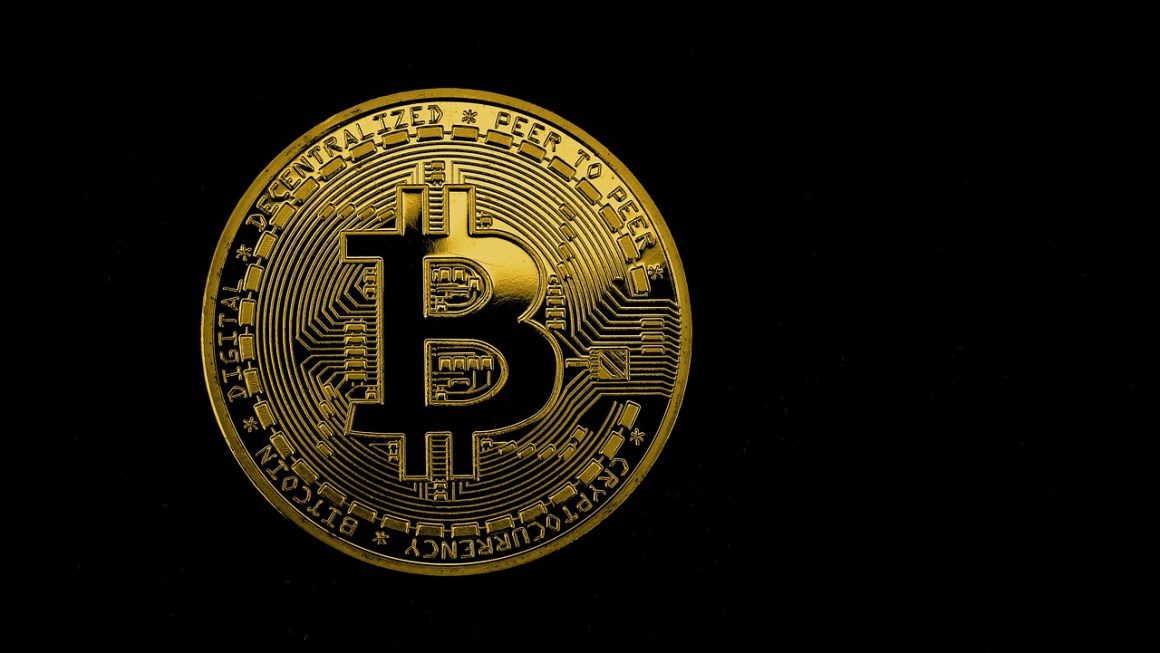Mining: A Journey into the Earth’s Treasures
Mining is an essential industry that provides the raw materials for modern society. It involves extracting valuable minerals and metals from the earth’s crust for use in construction, manufacturing, and other industries. This comprehensive guide delves into the world of mining, covering its methods, applications, and environmental considerations.
Mining Methods
Surface Mining
- Open-pit mining involves excavating the ground surface to access shallow deposits.
- Strip mining removes layers of soil and rock to expose underlying coal or other minerals.
Underground Mining
- Shaft mining creates vertical shafts to reach deeper deposits.
- Room-and-pillar mining involves creating chambers and supporting pillars to extract minerals safely.
Mineral Types
Metallic Minerals
- Iron ore: Used in steel production.
- Copper ore: Essential for electrical wiring and electronics.
- Aluminum ore: Lightweight and corrosion-resistant, used in aerospace and construction.
Nonmetallic Minerals
- Limestone: Used in cement production and construction.
- Sand: Used in glassmaking, construction, and water filtration.
- Phosphate: Used as fertilizers and in industrial applications.
Applications
Construction
- Minerals such as limestone, sand, and crushed stone are used in the construction of roads, bridges, and buildings.
Manufacturing
- Metals like iron, copper, and aluminum are essential components in vehicles, electronics, and machinery.
Energy
- Coal and uranium are used as fuels in power plants.
- Minerals like lithium and cobalt are used in batteries for electric vehicles and renewable energy systems.
Environmental Considerations
Mining Impacts
- Land disturbance: Mining can disrupt ecosystems and affect biodiversity.
- Water pollution: Mining operations can release pollutants into waterways.
- Air pollution: Combustion of fossil fuels during mining emits greenhouse gases.
Mitigation Measures
- Land reclamation: Restoring mined land to natural or productive use.
- Water treatment: Implementing technologies to minimize water pollution.
- Emission controls: Using technologies to reduce air pollution from mining equipment.
Conclusion
Mining plays a crucial role in providing the raw materials necessary for modern civilization. By understanding the different methods, mineral types, and environmental implications of mining, we can contribute to responsible and sustainable practices in this essential industry. By adopting best practices and implementing effective mitigation measures, we can minimize the environmental impacts of mining while ensuring that future generations have access to the treasures hidden beneath the earth’s surface.



